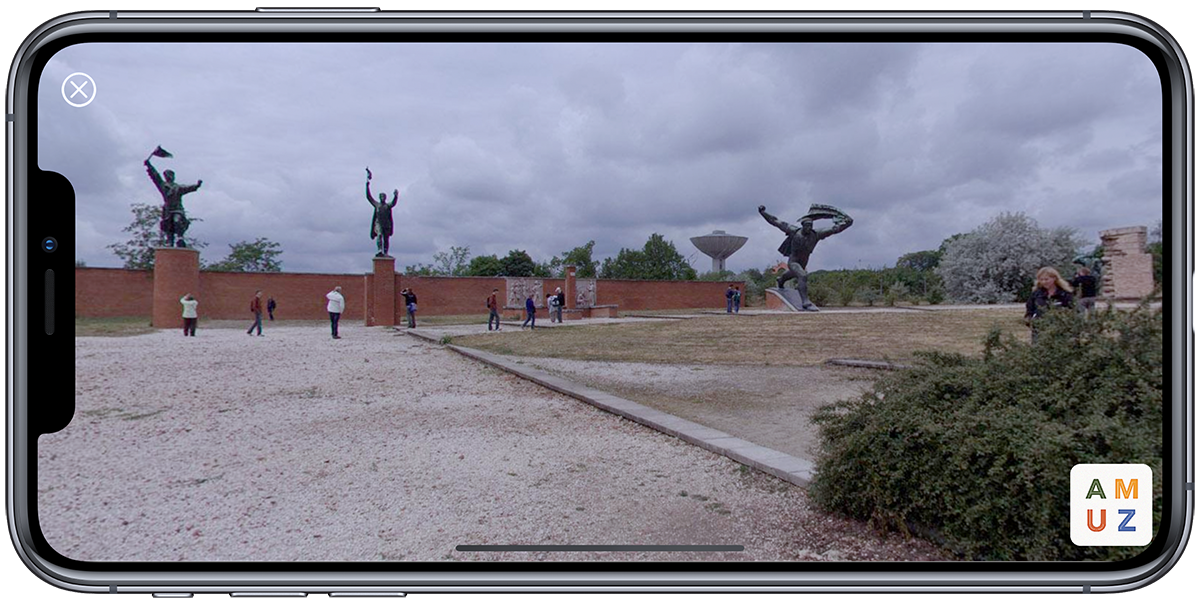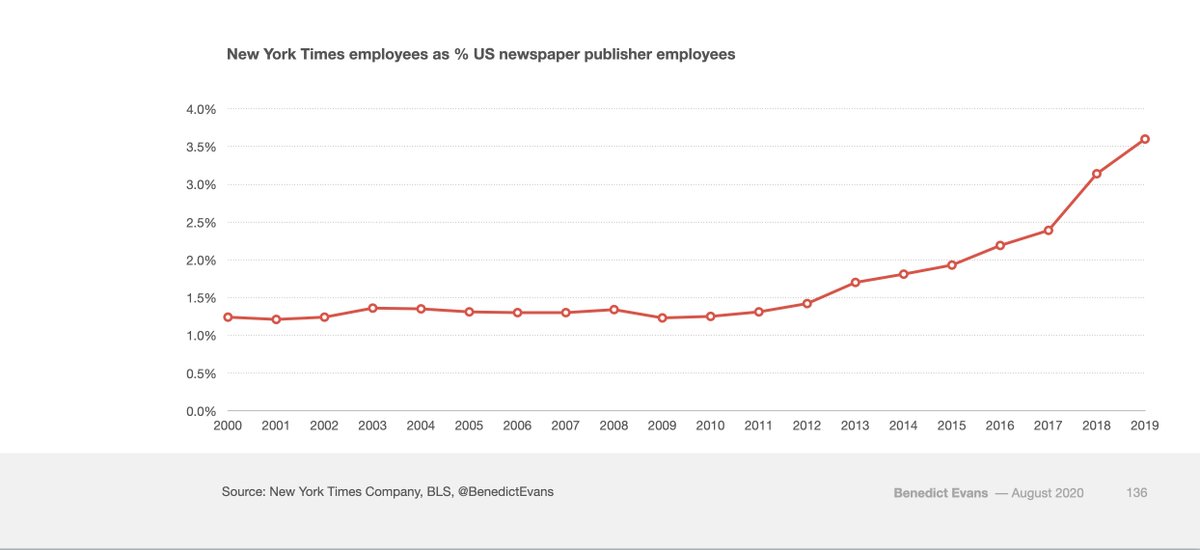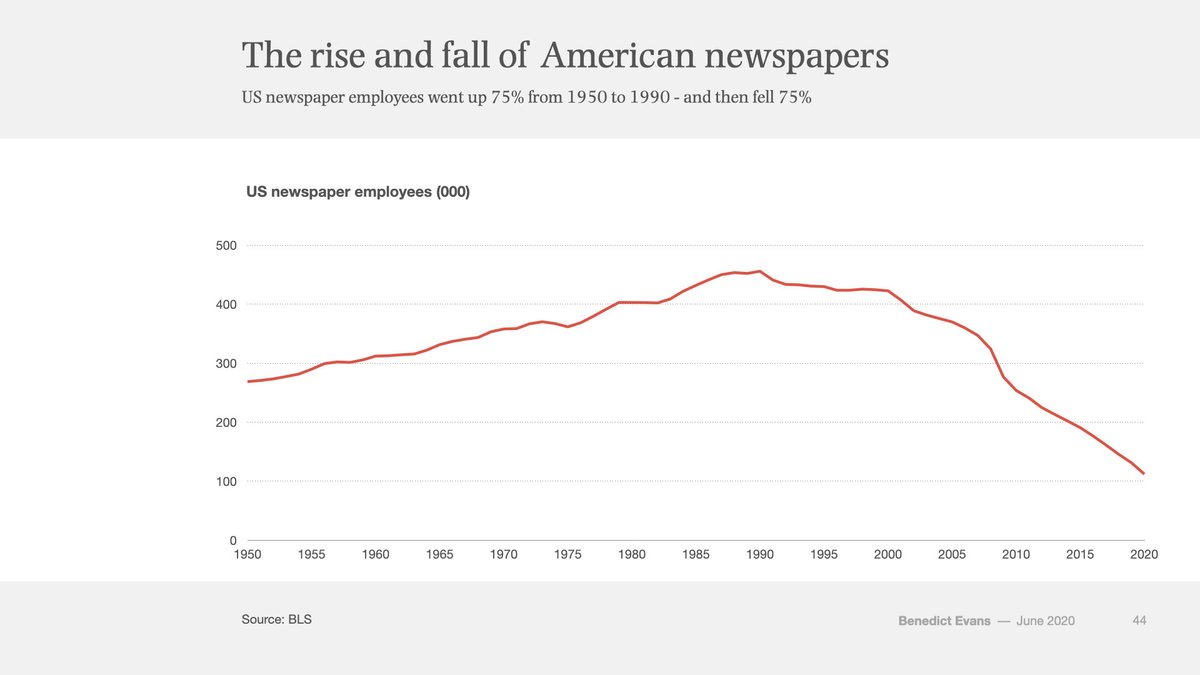If high street shopping was like online shopping
Tech Marketing (and patent) rhetoric: 360 Panorama edition
Marketing rhetoric is evergreen. Yet, our collective memory is often short. Redfin’s curious claim to have invented real estate web mapping in 2005 is but one example.
Memento Park – Budapest seems appropriate.
360 Rumors published this on Friday, 4 September from Matterport:
“They were the first to offer 3D virtual tours where users could not only look around in 360 but could move within the space through a flying 3D transition that has become known as the “Matterport effect.” Matterport virtually tours are also equally famous for their 3D dollhouse view.”
. Transitions between scenes have been around since the late 1990’s.
A bit of personal history:
I began creating 360 panoramic scenes with the introduction of Quicktime VR in 1995. I flew to California to take an Apple class. (The Santa Cruz based instructor sported the requisite pony tail.)
The required skills included:
- Camera/Lens/tripod ability – “keep it flat!”
- A Mac laptop
- The ability to use something called MPW (Macintosh Programmers Workshop)
- Comfort with Quicktime
- Hotspots, used to jump from scene to scene
- The ability to deploy completed scenes locally and on the rather new internet
- Hypercard for scripting and scene effects
I, and many others around the world created millions of Quicktime VR single and multi-node scenes. John and Janet Stathas along with Nancy and I launched Virtual Properties that same year.
A software, hardware and services “ecosystem” began to emerge with first and third party products, including Quicktime 3 (1998), notably
One thing this means is that you can use filters and transitions anywhere you might use a decompressor, not only in connection with QuickTime movies. You can just as easily apply a transition between two arbitrary images (perhaps contained in two offscreen graphics worlds). I’ve seen this capability used to add QuickTime video effects as transitions between QuickTime VR nodes. The default behavior of QuickTime VR is simply to jump from one node to the target node. It’s much nicer to render some video effect, say a nice smooth dissolve, when moving from node to node.
Kaidan, a now defunct hardware firm (great people) and an association initially called iqtvra – now IVRPA also quickly come to mind.
The first large scale IP (intellectual property) battle that I know of occurred between iPIX and Helmut Dersch over Panorama Tools. Wikipedia on Oak Ridge, TN based iPix.
Matterport (founded in 2011 and has raised $114M) appears to have a number of patents.
Gary Reback’s 2002 article Patently Absurd is a must read for entrepreneurs, investors and citizens:
There are those who view the patent system as the seedbed of capitalism–the place where ideas and new technologies are nurtured. This is a romantic myth. In reality, patents are enormously powerful competitive weapons that are proliferating dangerously, and the U.S. Patent and Trademark Office (USPTO) has all the trappings of a revenue-driven, institutionalized arms merchant.
I would be remiss to not mention Bamboo, another VC backed 360 panorama provider that emerged during the late 1990s’. Bamboo famously hosted a realtor conference booth where agents could jump in and grab cash for a few seconds. Bamboo later “merged” with iPIX. Both are long gone.
A bit of recent panoramic work:
Green Giant in the Palouse
Lincoln Park Zoo View (Chicago)
Longji rice terraces
Many panoramic, photo, drone and video scenes are available in amuz on iPhone and Android.
I’ve shared this post with many others. Please forward links and information to zellmer at gmail dot com so that I may add to this rather crude and simplistic historical log.
P.S. Another rather famous and somewhat related IP battle included Peter Hoddie’s “Do you want us to knife the baby?”.
“Your education is not yet complete” LAX – DFW edition
The DC-10, depending on weather, consumed perhaps 150 minutes flying east to the “Metroplex” from Los Angeles.
Plenty of time to chat.
I was somehow upgraded and had a rather enjoyable chat with a repeat entrepreneur.
We discussed startups (his latest deal), people skills and evaluating markets. After awhile, he asked if I had read “Atlas Shrugged“. No, I replied.
“Your education is not yet complete”.
Indeed.
As politicians demand us to restrict our energy use and deprive us of our livelihoods during mass illogical lockdowns, while the people are debating on social media whether 2+2=4, I can't help but be struck by this timely extract from Atlas Shrugged… pic.twitter.com/aXy1iguNmE
— Riva (@rivatez) September 7, 2020
And, “Viva Las Vegas“.
Data broker opt out list
Disclaimers: Some of these opt-outs take a long time to go through. Sometimes, information is pulled from other sources and you’ll need to opt out multiple times for the same site. Data brokers come and go (and are bought out by others), and they also often change their opt-out pages. I try to update this ~every six months, but it’s not always current. Finally, even opting out of these sites doesn’t mean that your address is secure. In many states, real estate data and voter registration information is public (or easy to obtain). And, of course, location data can be found by physical means (e.g., following you home) and through other people who know it (i.e., social engineering). That said, removing your home address from data broker sites can significantly lower your attack surface and make it harder for people to find it.
Looking back, toward Summer 2020



























































Sunday Services
The state of the Media: 2020
Quick thread on the whole Australia/Facebook/Google standoff.
Frustrating situation with a lot at stake. And fundamentally opaque. There is so much we don't know, leaving space for self-interested assertions on all sides.
But we do know some things. 1/16
— Rasmus Kleis Nielsen (@rasmus_kleis) September 1, 2020
Related: The State of Local Journalism 2020.
Media 2020 Commentary: AOC & Sandmann
Via Ben Evans.
Palantir: On Business, Cults, and Politics
Palantir’s relationship to privacy is highly dependent on exactly where you draw the creepy line. They collect data to make inferences about behavior, and in their intelligence work that means collecting data to identify potential terrorists. Their users certainly consume more data than they would with a manual counterterrorism approach, but the outcome is that less of it gets looked at by humans. So the difference is between abstract but extensive privacy violations (your phone/text metadata, financial transactions, and other behaviors all factor into their model) and literal but less common ones (someone manually reviewing the same things to decide if your Venmo transaction with the memo “Dinner at Afghan restaurant” indicates that you might be training with the Taliban.) What’s worse, the possibility of a human manually snooping around your personal information because you got unlucky, or the extremely high probability that an algorithm will review your behavior and flag it as totally innocuous with no human intervention?
Palantir is certainly sensitive to political shifts. They say as much in the S-1, and have said so elsewhere, too. But the picture is not quite what one might expect. They started to generate revenue in 2008. In Obama’s second term, revenue compounded at 37% annually, reaching $466m in 2016. In 2017, growth slowed to just 11%, and their annual growth under Trump has been just 17%.
The way they describe their views—and the way they contrast them with other tech companies—is that they’re ultimately deferring to what voters want. As Alex Karp puts it:
Let’s Compare: Dane & Travis County
2020 Dane County Budget: $593,707,780
Population: 546,695
Spending per person: $1,085.99
County Employees: 2,531.9
2010 Dane County Budget: $460,434,195
Population: 488,081
Spending per person: $943.36
2020 Travis County Budget (Austin): $1,210,176,330
Population: 1,273,954
Spending per person: $949.94
2010 Travis County Budget (Austin): $655,140,525
Population: 1,024,444
Spending per person: $639.51
## I could not immediatetly find Travis County employment data.







